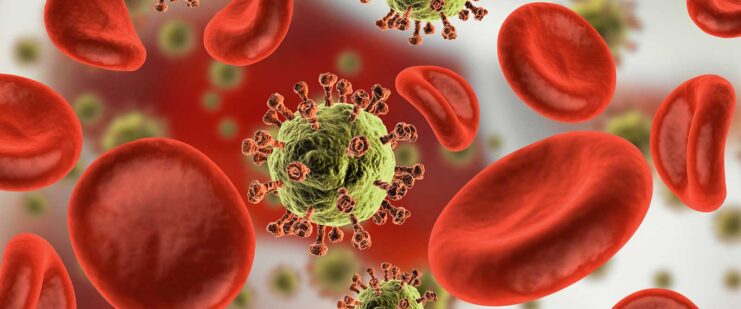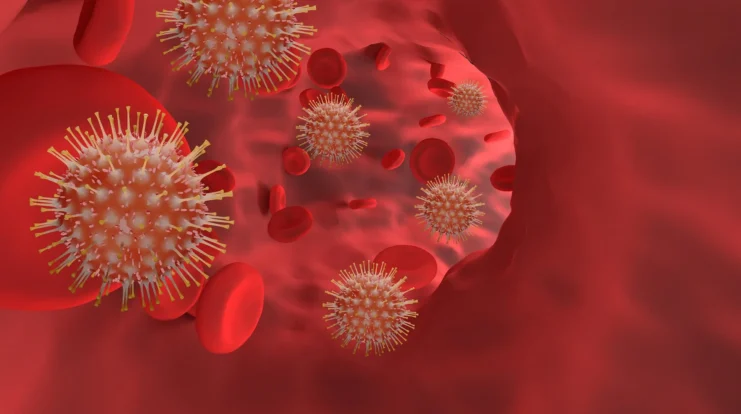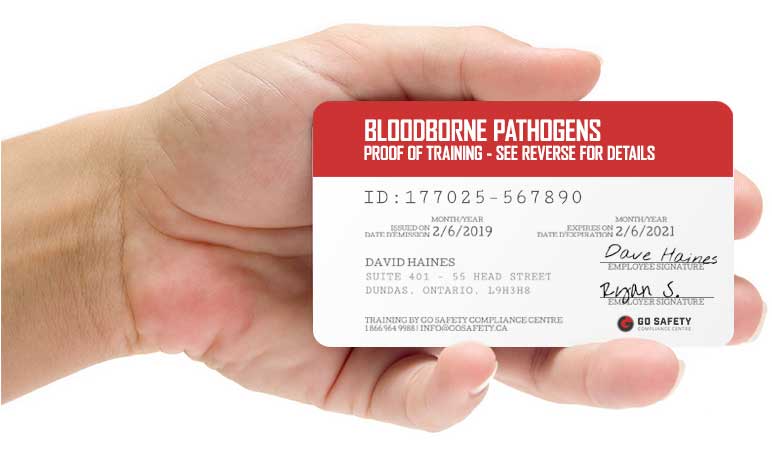Welcome to a journey that unveils the hidden world of bloodborne pathogens and how gaining certification in this realm can transform you into a life-saving champion. In a world where the unseen can pose significant threats, arming ourselves with knowledge becomes our greatest shield.
Understanding Bloodborne Pathogens

Have you ever paused to consider the invisible threats that surround us? Bloodborne pathogens, though tiny, wield a remarkable ability to wreak havoc on our health. Let’s peel back the curtain on these stealthy assailants and grasp their insidious nature.
Imagine you’re hosting a gathering – a lively party with friends and family. But amidst the laughter and chatter, there’s an uninvited guest lurking in the shadows. Bloodborne pathogens are much like these unwelcome attendees. They slip into our bodies through contaminated blood, and just like that uninvited guest at the party, they can leave behind a trail of devastation.
Among the notorious troublemakers on this guest list are HIV, Hepatitis B, and Hepatitis C. These names might sound familiar, but their potential impact can’t be understated. They’re the party crashers you never want to encounter, and they come with an arsenal of destruction.
You accidentally get a small cut while working on a DIY project. Harmless, right? Not so fast. If that cut comes into contact with blood that’s tainted by these pathogens, you’ve essentially opened the door to potential danger. These invaders don’t knock – they infiltrate without warning.
But how do they do it? Picture a burglar skillfully picking a lock to gain entry. Similarly, bloodborne pathogens find their way into our bodies through direct contact with blood, contaminated needles, or even other bodily fluids. It’s like they have a secret key that grants them access to our inner sanctum.

Now, let’s consider a scenario where you work in a healthcare setting. Understanding the transmission routes of these pathogens becomes even more crucial. It’s like being the guardian of a fortress, knowing which doors to keep locked and which pathways to secure. You become the gatekeeper of health, armed with knowledge to prevent potential breaches.
But it’s not just in healthcare where this knowledge proves invaluable. In everyday life, too, being aware of how bloodborne pathogens spread is like having a map that guides you through a maze of potential hazards. Just as you navigate a city by avoiding alleys and shortcuts that might pose a risk, you can navigate your environment with a heightened sense of awareness.
In essence, comprehending the transmission routes of bloodborne pathogens is akin to having a set of keys that grant you access to the realm of prevention. It’s about being proactive, taking charge of your surroundings, and ensuring that the invisible threats remain at bay. So, the next time you ponder the mysteries of the unseen, remember that knowledge is your most potent weapon against these microscopic intruders.
The Benefits of Bloodborne Pathogen Certification
Now, here’s where the game changes – bloodborne pathogen certification. Imagine being that hero who not only recognizes potential hazards but also knows how to neutralize them. This certification isn’t just a piece of paper; it’s a key to unlocking a world where you have the power to prevent infections and save lives. It’s like having the blueprint to defuse a bomb; except in this case, the stakes are human lives.
If you need to find out more about those certificates, just visit https://cprcertificationnow.com/products/bloodborne-pathogens-certification
Bloodborne Pathogen Training: What It Entails

So, how do you earn this superhero-worthy certification? You embark on a journey of education and preparation. The curriculum covers everything from understanding different pathogens to learning how to handle potential exposures. It’s not just theory – hands-on training equips you with practical skills, much like a warrior refining their combat techniques.
Steps to Obtaining Bloodborne Pathogen Certification
Imagine this process as a guided quest. Your first step: research. Scout for certified training programs – these are your mentors on this journey. Next, pick the certification level that suits your needs – basic, advanced, or specialized. Enroll in the chosen program, embrace the curriculum, and conquer the assessments. Once completed, you’ll hold a certification that’s a testament to your dedication and expertise.
Real-Life Stories: How Bloodborne Pathogen Certification Saves Lives
Let’s dive into real stories where certification transforms everyday individuals into heroes. Picture a nurse who, thanks to her training, expertly handles a needlestick incident without panic. Or a firefighter who safeguards himself and others while dealing with an injured accident victim. These tales are like chapters from a book of heroes, with each protagonist demonstrating the power of preparedness.
Maintaining Certification and Staying Updated
Imagine this certification as a renewable passport to safety. Just as passports expire, so does your certification’s validity. But fear not – regular recertification keeps you sharp and current. Pathogens evolve, and guidelines shift; staying updated is like keeping your sword sharp for the battles yet to come.
Beyond the Workplace: Bloodborne Pathogen Awareness in Daily Life

As we venture beyond the boundaries of workplaces and medical settings, we discover the practical applications of your newfound knowledge about bloodborne pathogens in the canvas of daily life. This understanding serves as a compass guiding you towards a safer and healthier existence, both for yourself and those around you.
Consider the pivotal role of an informed friend who, equipped with their knowledge of bloodborne pathogens, assumes the responsibility of educating others. Picture a scenario: a serene afternoon in a park, friends gathered for leisure. Amidst the laughter, you observe a companion attending to a minor wound hastily. Empowered by your grasp of bloodborne pathogens, you step in, offering insights into proper wound care protocols.
This role mirrors that of a vigilant sentry, safeguarding ships from perilous waters. Your guidance extends beyond immediate concerns; it nurtures a culture of preparedness within your social circle, emphasizing the significance of informed action.
Now shift the lens to your familial role, where you emerge as the cornerstone of safety. During an idyllic picnic, you meticulously ensure the presence of a well-stocked first-aid kit, standing ready to intervene if necessity arises. Your family recognizes your role extends beyond a mere outdoor repast – it encompasses a sphere of assurance and tranquility.
Conclusion
As our journey comes to an end, remember that this path isn’t just about certification. It’s about empowerment, about gaining the tools to protect yourself and those around you. Knowledge, after all, is the greatest asset a hero can possess. So, let’s continue our quest for understanding, for growth, and for becoming the champions our world needs – armed not with capes, but with expertise.

